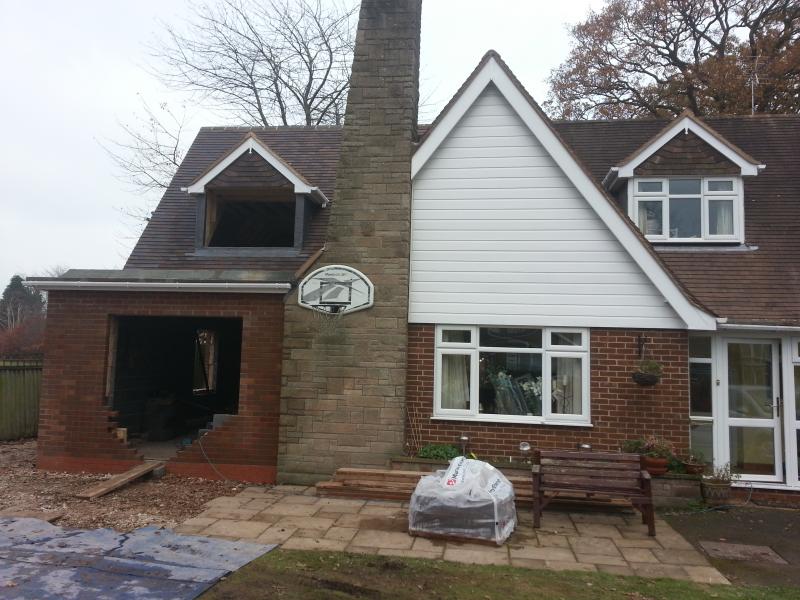I recently had some cladding work done on the pitched roofs on my house using Brown Redland vertical tiles. As soon as they were installed I noticed unsightly marks on many of the tiles. I assumed that this was just dust until I washed them down with water and found that the surfaces of many of the tiles were in fact marked and scratched.....
I brought this to the attention of the builder. His response was " I know - They always arrive from like that because Redland don't pack them properly and the ridge on the underside of one tile moves and damages the surface of the tile packed underneath it ". Is this true ? Surely Redland could put some packing between tiles to prevent this kind of damage ? I'm really fed up that my very expensive new cladding looks like this - Not acceptable. Photo below is a typical example.
Not sure if this surface damage will become less obvious with a bit of weathering or not.... The darker colour on the bottom tiles is just because they hadn't dried off yet after my attempt at washing the tiles with water...
I brought this to the attention of the builder. His response was " I know - They always arrive from like that because Redland don't pack them properly and the ridge on the underside of one tile moves and damages the surface of the tile packed underneath it ". Is this true ? Surely Redland could put some packing between tiles to prevent this kind of damage ? I'm really fed up that my very expensive new cladding looks like this - Not acceptable. Photo below is a typical example.
Not sure if this surface damage will become less obvious with a bit of weathering or not.... The darker colour on the bottom tiles is just because they hadn't dried off yet after my attempt at washing the tiles with water...
Last edited:





